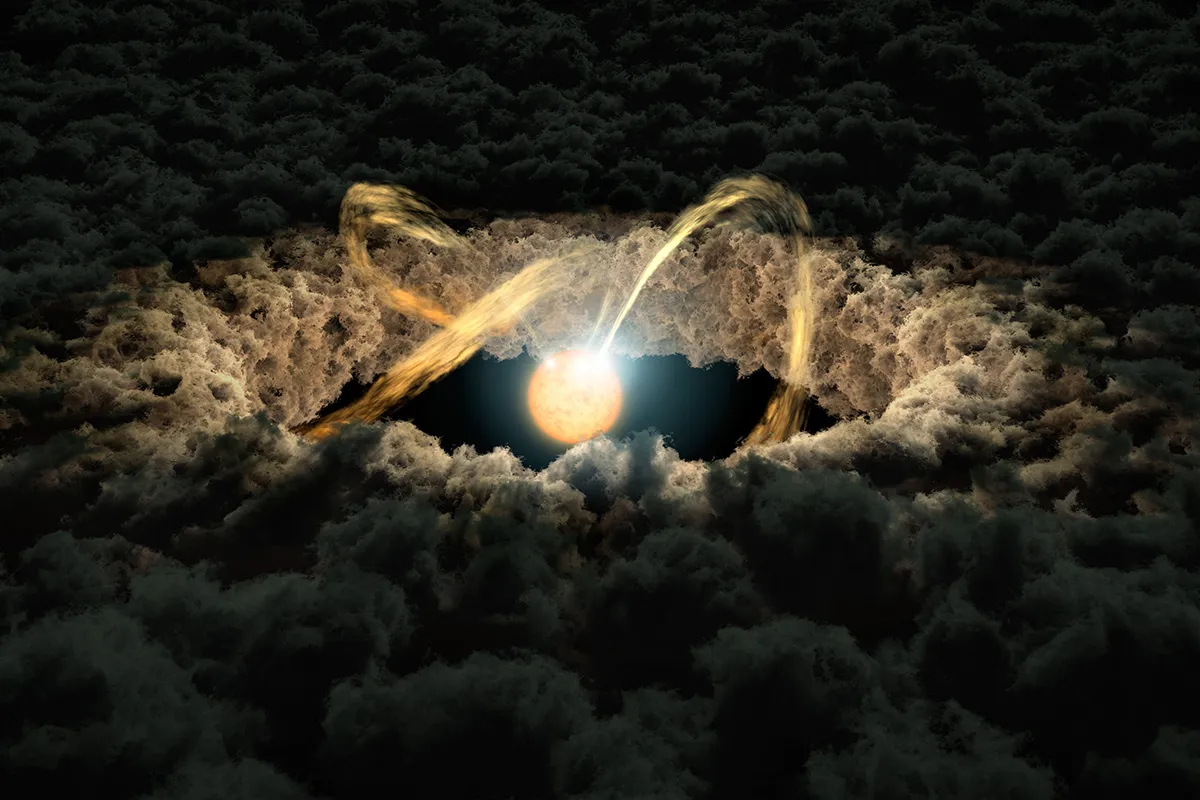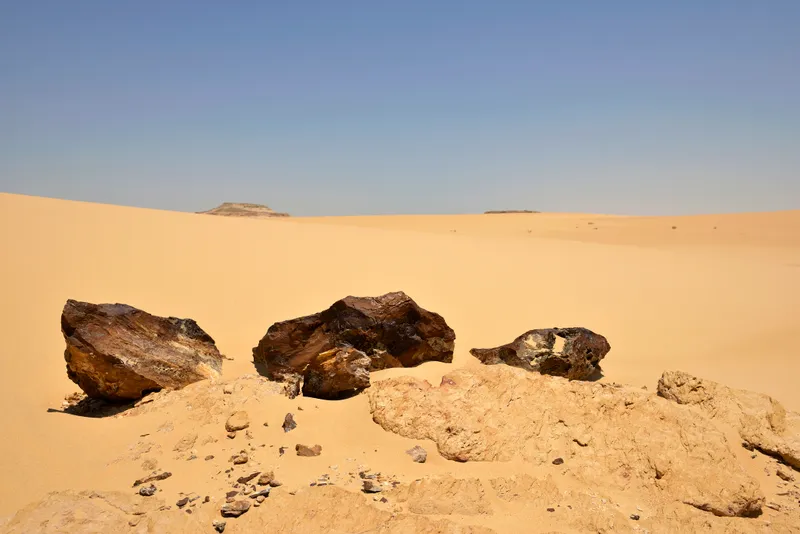Astronomers estimate the age of our Solar System is 4.57 billion years, but how have they arrived at this number?
We can tell how old the Solar System is by looking at other planets around other stars.
From looking at infant planets in other systems, we know that worlds form at the same time as their stars.
And we know roughly how the Solar System formed.
Both the Sun and all of the planets originated in clouds of gas and dust known as stellar nurseries.
Hydrogen comes together, forming a star and setting the dust spinning until it forms a disc. This ‘protoplanetary disc’ is where the planets form.

Rocks reveal the age of the Solar System
To find the age of the Sun and planets, we need to find the age of the oldest things in it – specifically, the oldest rocks.
These contain a tiny amount of radioactive material which decays over time to a daughter element.
Geologists use this to do radiometric testing, where they look at the relative amount of the original element to its daughter, to determine a rock’s age.
For measuring the ages of planets, geologists use uranium, which decays to lead.
Certain uranium isotopes have a half-life of around 4.5 billion years, the same order of magnitude as the planet’s age, making it ideal for the job.

The surface of Earth and that of most of the other planets have either been refreshed by volcanic activity or eroded by weather, meaning their surface rocks don’t necessarily reflect the true age of the planet.
Fortunately, in its multitude of asteroids the Solar System has a vast collection of rocks that were never part of a planet, and these are conveniently delivered to Earth as chondrite meteorites.
Most of these space rocks appear to be around 4.57 billion years old, giving a good indication of when the Solar System formed.
This article appeared in the April 2024 issue of BBC Sky at Night Magazine

